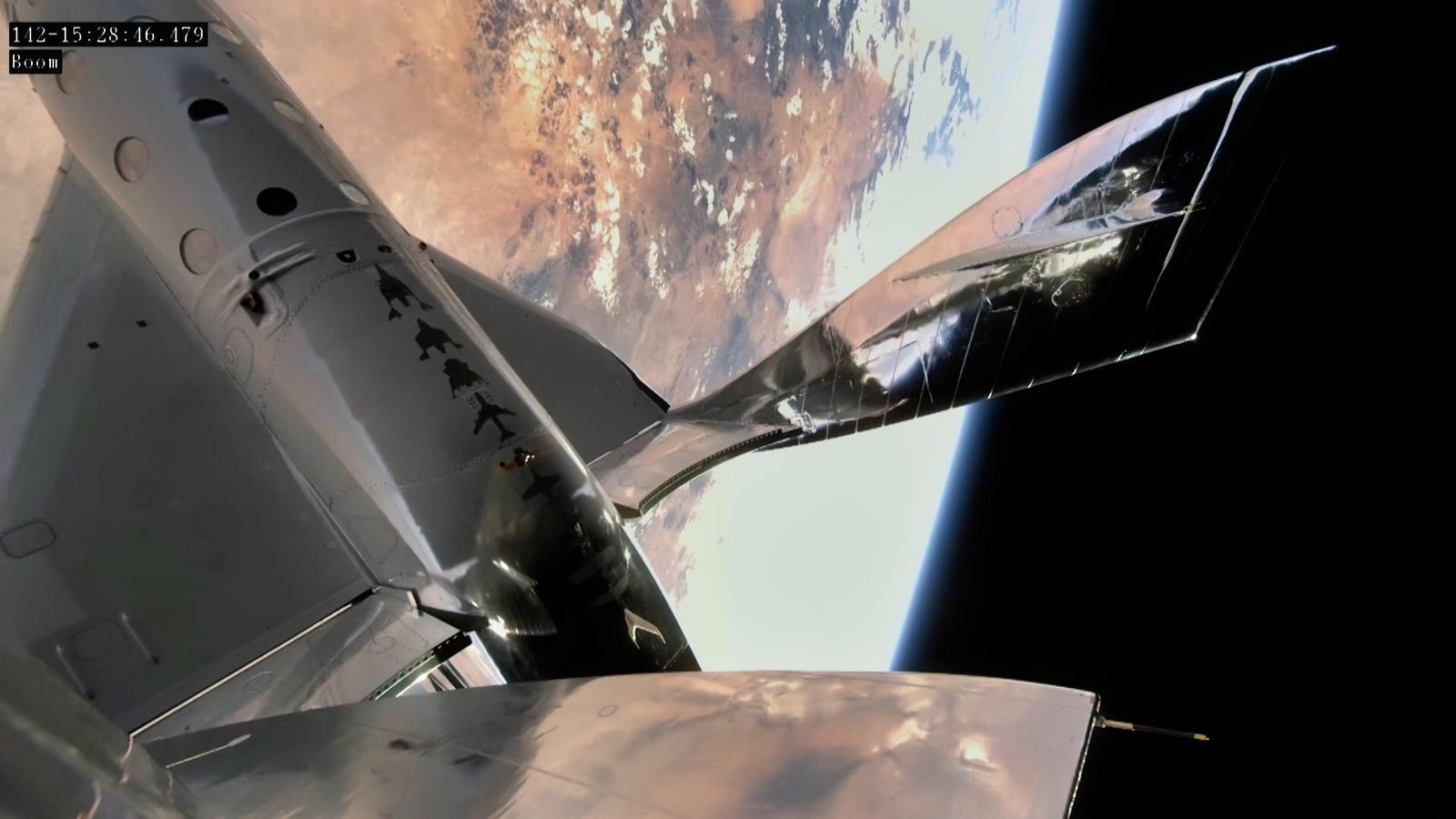
A Southwest Research Institute scientist and former NASA associate administrator is set to go to space soon aboard the Virgin Galactic spaceship VSS Unity.
Alan Stern, a planetary scientist and associate vice president of SwRI’s space science division, will fly on the suborbital space mission scheduled to launch Nov. 2 from Spaceport America in Truth or Consequences, N.M.
“I’m very excited to be representing SwRI on its first human spaceflight and looking forward to a bright future for SwRI in space, in the deep sea, and on this Earth,” Stern, who works at SwRI’s facility in Boulder, Colo., said in an email Wednesday evening.
READ MORE: Southwest Research Institute scientist steps closer to space with successful Virgin Galactic flight
He’ll be Virgin Galactic’s 20th astronaut since founder Richard Branson flew on the first fully crewed flight to space in July 2021. Stern’s flight will be the company’s sixth in sixth months.
After its release from mother ship VSS Eve, the VSS Unity spacecraft will reach Mach 3 as it carries Stern and his crewmates to roughly 50 miles above earth, where they’ll experience a four to six minutes of zero gravity. During the mission, Stern will conduct two experiments to prepare for a future flight where he’ll operate a miniature astronomical laboratory.
“It’s very exciting news that Dr. Stern, after a lifetime of studying the cosmos, will have the chance to travel into space himself and see the curvature of the Earth just outside the window,” said James Burch, senior vice president of SwRI’s space sector. “It’s an important and inspiring step forward for space scientists everywhere, and for SwRI.”
Joining Stern on “Galactic5” will be Kellie Gerardi, a payload specialist and bioastronautics researcher for the International Institute for Astronautical Sciences, a person identified only as a “private astronaut” of “Franco-Italian nationality,” and pilots Mike Masucci and Kelly Latimer.
Stern “will fly a biomedical harness to collect physiological data related to human spaceflight and conduct practice activities for an astronomical experiment on the NASA flight,” Virgin Galactic said.
READ MORE: New Horizons, a spacecraft with deep San Antonio ties, gets a new lease on life from NASA
He’ll use the vitals he collects on the flight for a NASA-funded experiment on a second suborbital flight in the future.
“He will also conduct training and risk reduction activities in preparation for his NASA flight that will evaluate how well-suited the spacecraft is for making astronomy observations in space,” according to SwRI.
This will help ensure Stern is ready for the second mission, where he’ll use the Southwest Ultraviolet Imaging System, also aboard the VSS Unity. Stern led the development of the so-called ultraviolet imager that’s previously flown on two space shuttle missions.
“A suborbital flight presents a very fast-paced timeline and some very real distractions, including an incredible view, not present in our other training sessions,” said Dan Durda, SwRI principal scientist and co-investigator, in a statement. “It’s good to retire those risks before it really counts for the NASA-funded suborbital spaceflight.”
SwRI and NASA bought the seats in 2009 for $200,000 each, and the prices have gone up since then.
Stern is now training for his trip to space at SwRI facilities and will undergo a week of training at Spaceport America prior to the flight.
“When I was a kid, human spaceflight was only available to NASA astronauts and Russian cosmonauts. Now that’s changing, and SwRI is pioneering a new era of space research being conducted in space, by space scientists,” Stern said. “This first space flight for myself and for SwRI is just the beginning: It is the first flight in what I hope will be a long series for us.”
